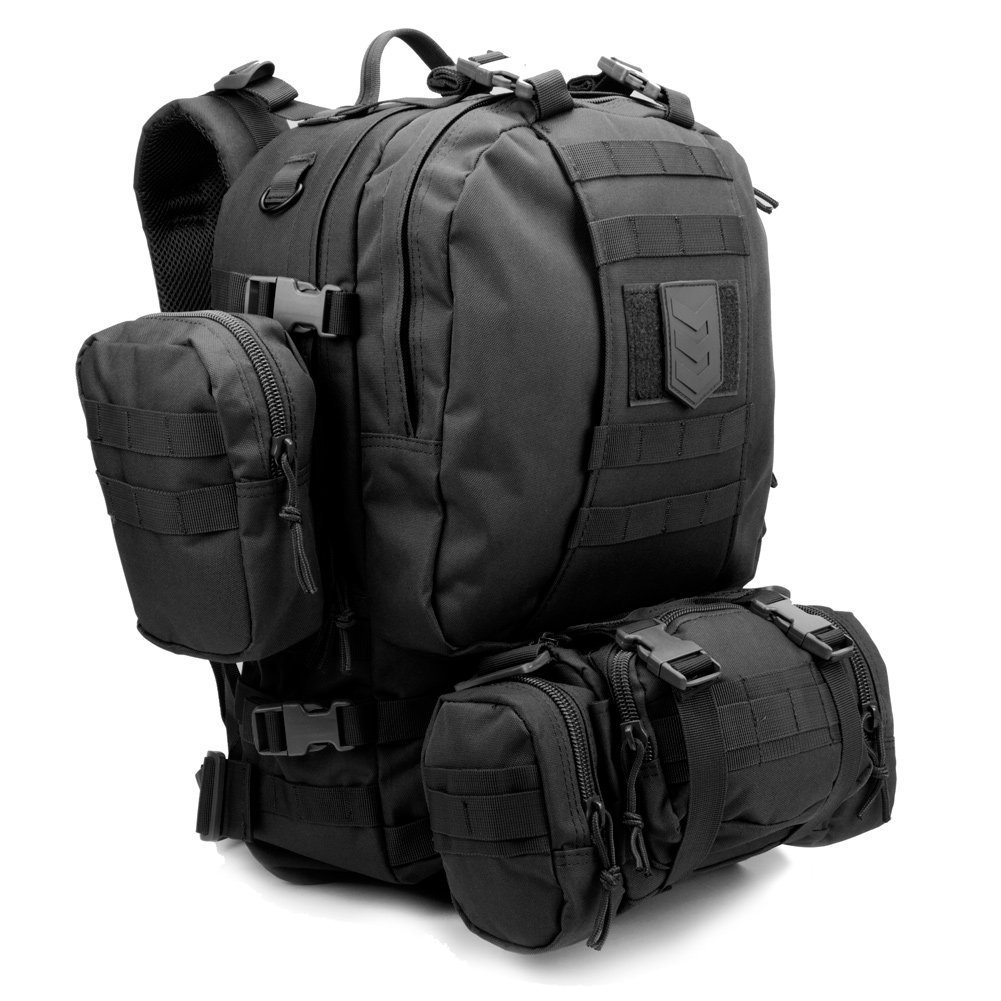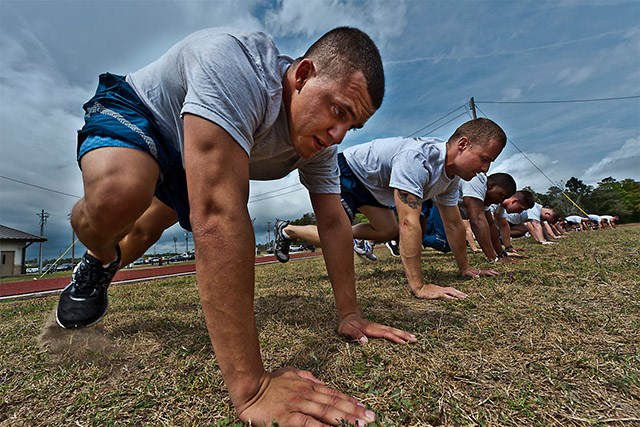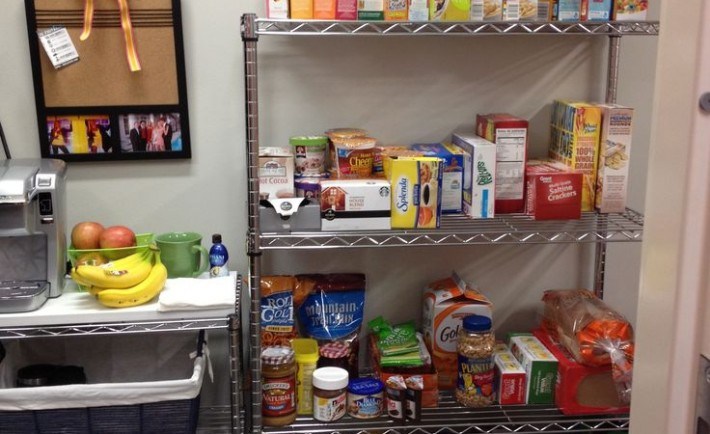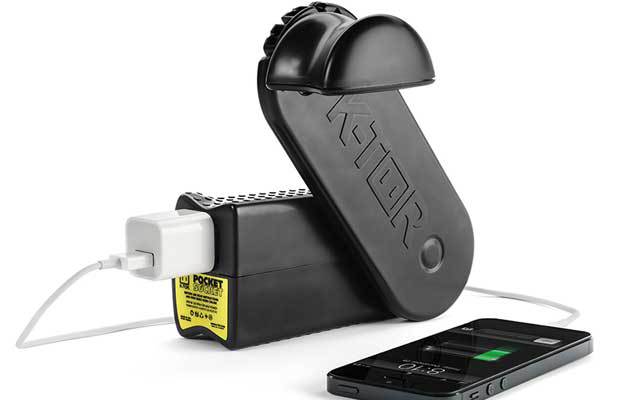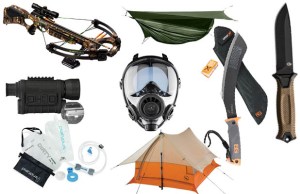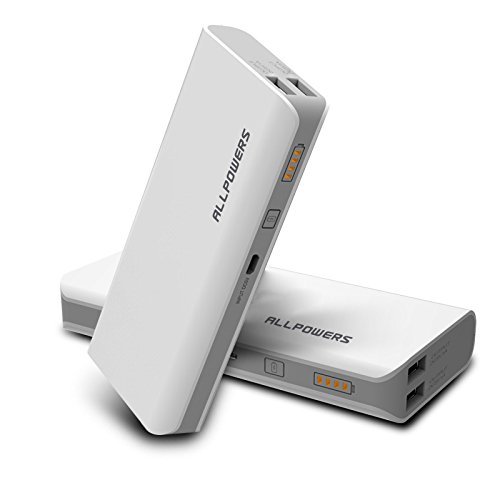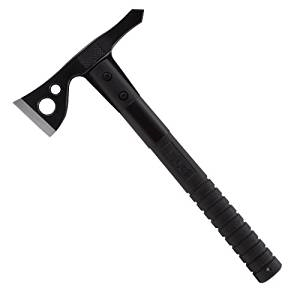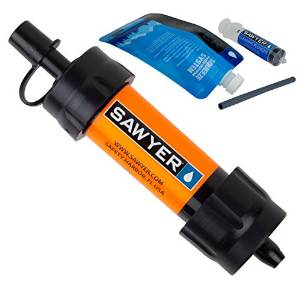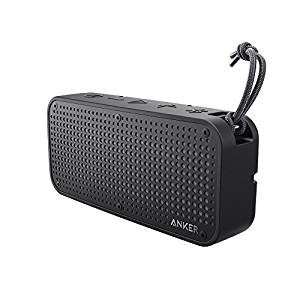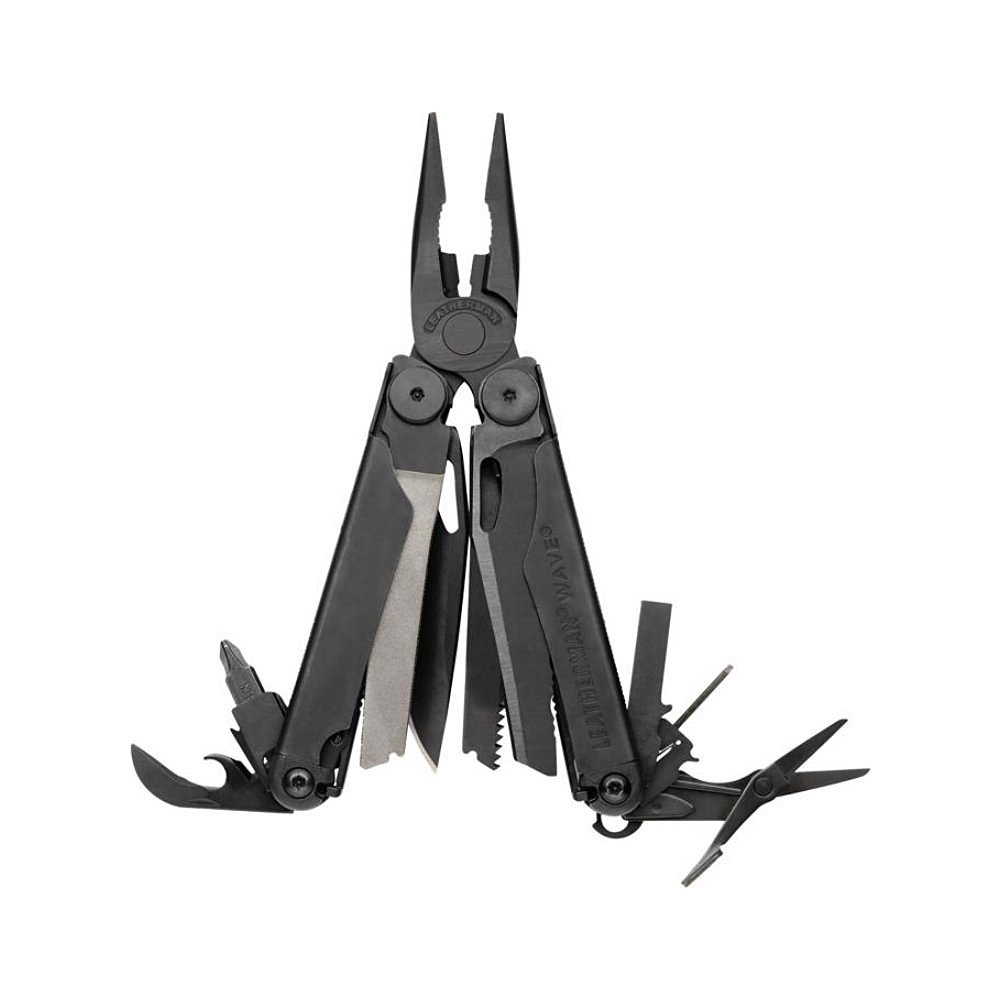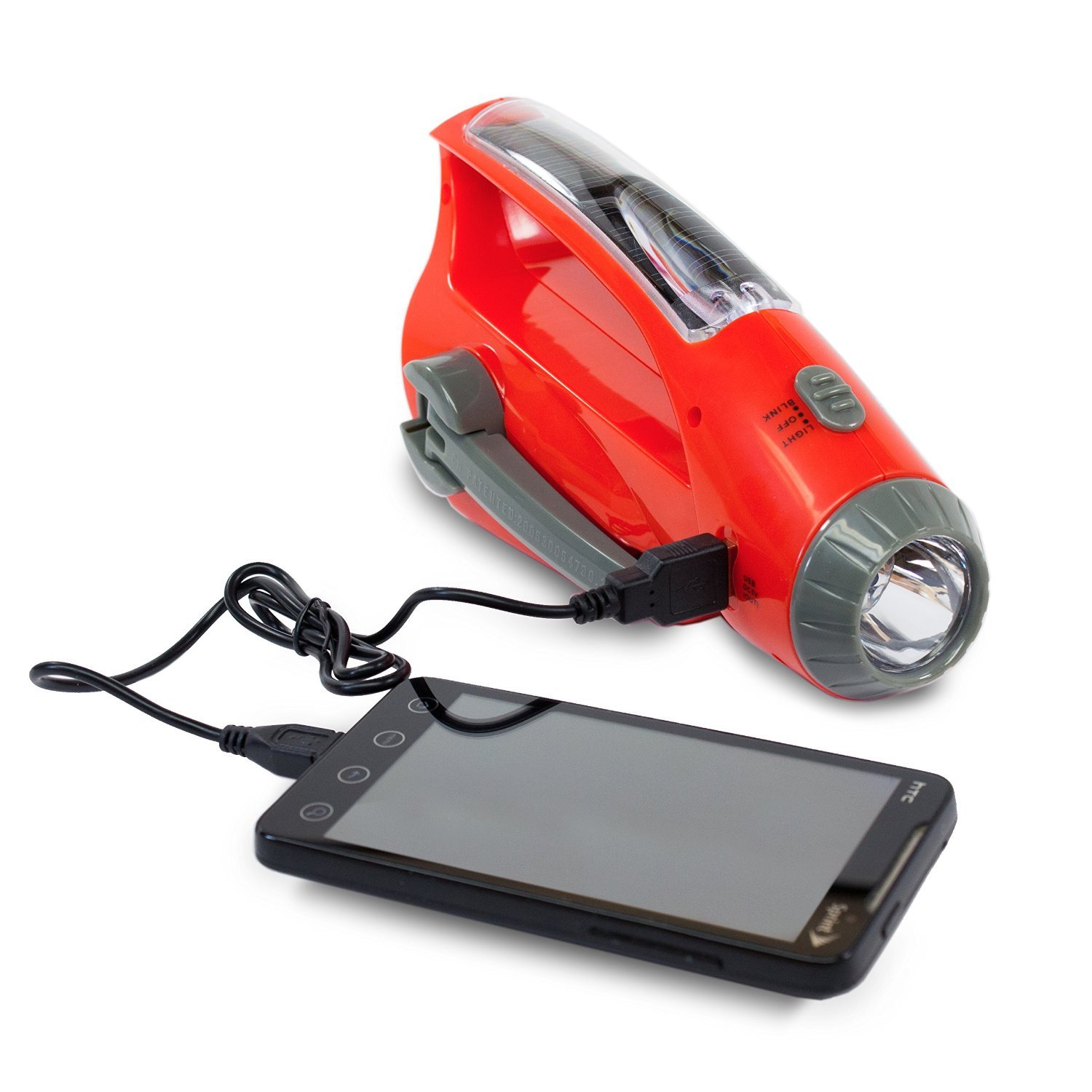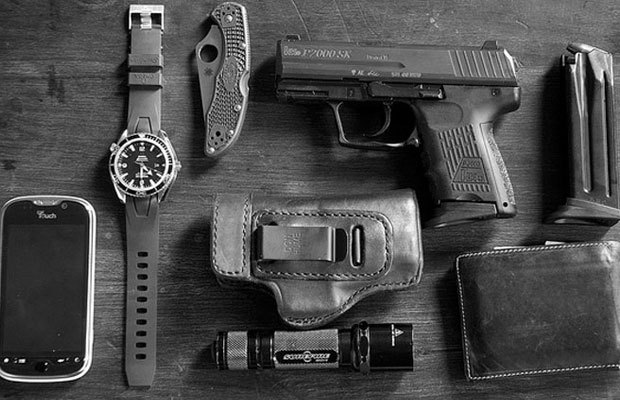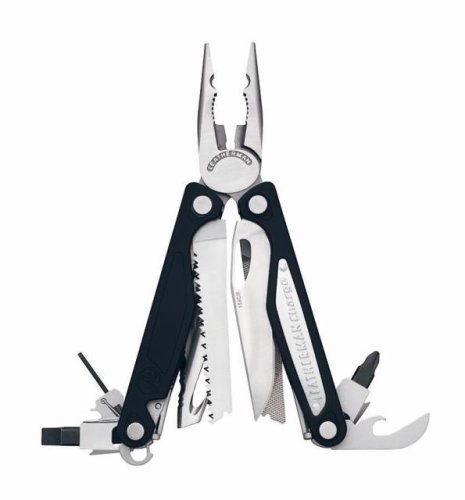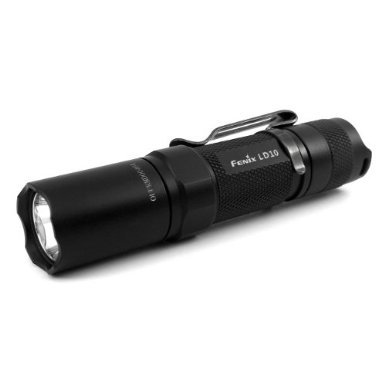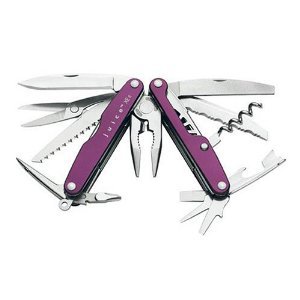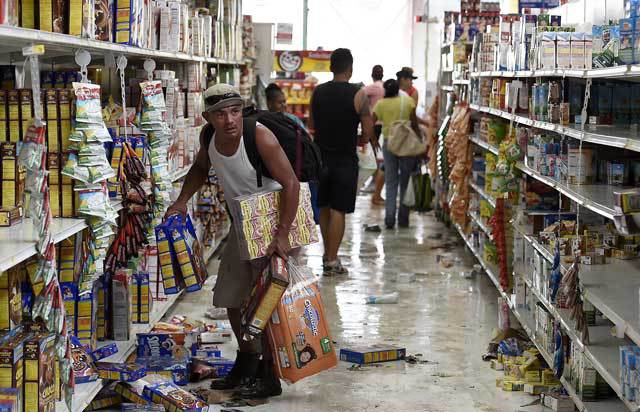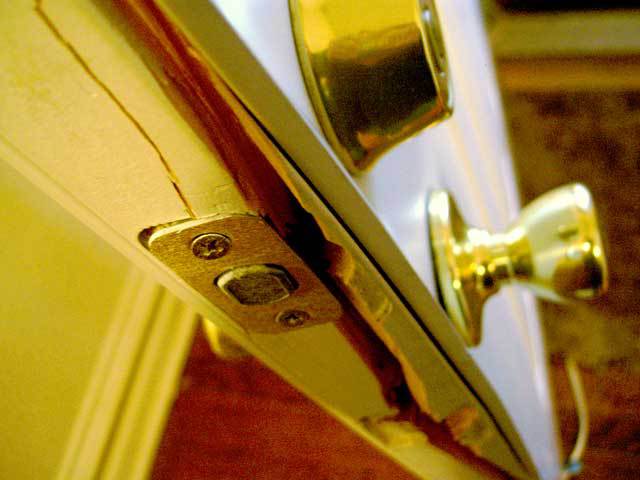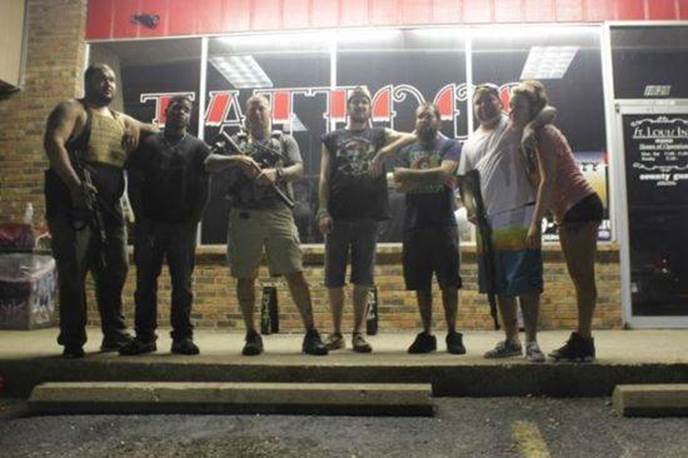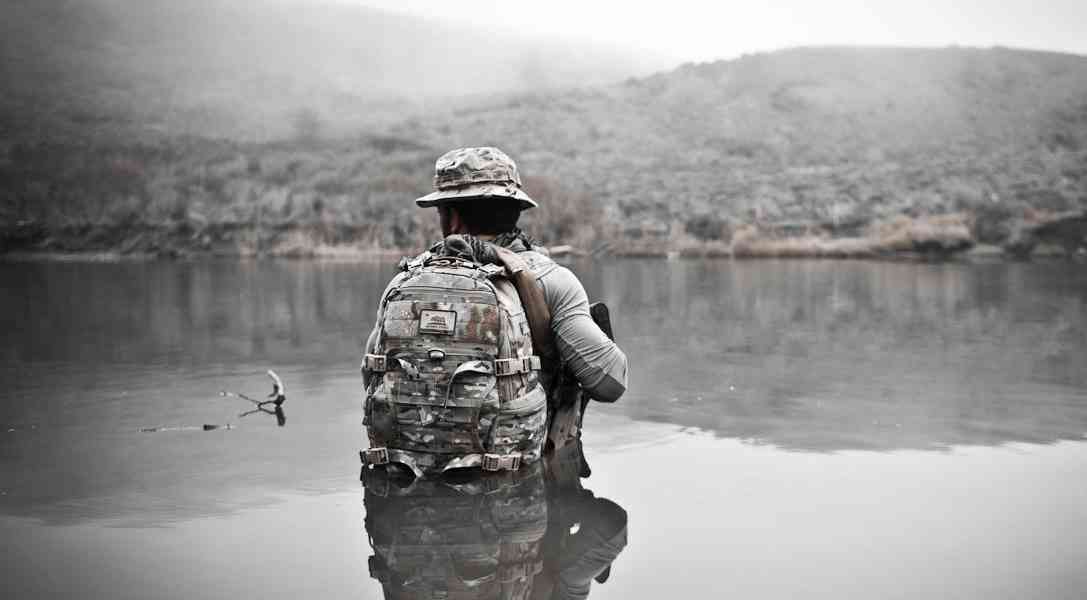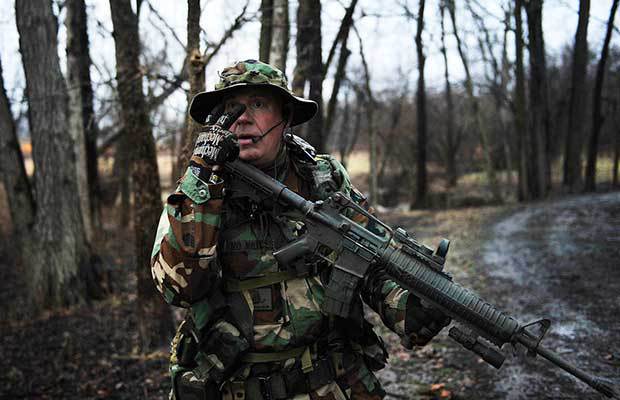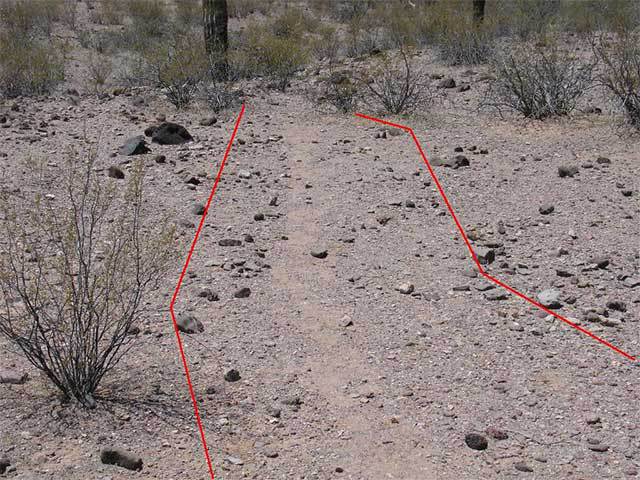Hurricane Survival Guide
Hurricane season for the Atlantic Ocean runs from June 1st to November 30th with a sharp peak in activity from late August through September. It was precisely this time period that Hurricane Katrina descended upon the gulf causing a still unknown number of deaths and over 108 billion dollars of damage. The resulting chaos and horror shocked and moved millions of people to lend assistance in the aftermath of this tragedy. After the storm left and the cleanup process began, millions more began to make preparations for themselves so they wouldn’t be faced with some of the tragedy the victims in the gulf had to live with.
Ten years later, the effects of Katrina still linger. The towns impacted are still not completely restored and may never be as they once were. The anniversary and season should be an opportunity for anyone who lives in areas prone to hurricanes to reflect on their preparations and make sure they have what is needed should a hurricane be forecast in the future. The list below isn’t exhaustive but I think it covers most of the bases that a good hurricane survival guide should account for. If you have taken care of the items below you will be much better off than many who survived hurricane Katrina. This list could end up saving some lives.
Should you stay or should you evacuate?
The decision to stay or evacuate needs to be evaluated early and often. At a certain point in the storm, you will not be able to leave. Deciding quickly and before the storm is too near, based upon your circumstances and the forecast from the weather experts is best.
The strength of a storm is one indicator of the severity of the damage you can expect. The Saffir-Simpson Hurricane Wind Scale is what is used to define and classify hurricane strength.
Category 1 Hurricane – Sustained Winds 74-95 MPH
Very dangerous winds will produce some damage: Well-constructed frame homes could have damage to roof, shingles, vinyl siding and gutters. Large branches of trees will snap and shallowly rooted trees may be toppled. Extensive damage to power lines and poles likely will result in power outages that could last a few to several days.
Category 2 Hurricane – Sustained Winds 96-110 MPH
Extremely dangerous winds will cause extensive damage: Well-constructed frame homes could sustain major roof and siding damage. Many shallowly rooted trees will be snapped or uprooted and block numerous roads. Near-total power loss is expected with outages that could last from several days to weeks.
Category 3 Hurricane – Sustained Winds 111-129 MPH
Devastating damage will occur: Well-built framed homes may incur major damage or removal of roof decking and gable ends. Many trees will be snapped or uprooted, blocking numerous roads. Electricity and water will be unavailable for several days to weeks after the storm passes.
Category 4 Hurricane – Sustained Winds 130-156 MPH
Catastrophic damage will occur: Well-built framed homes can sustain severe damage with loss of most of the roof structure and/or some exterior walls. Most trees will be snapped or uprooted and power poles downed. Fallen trees and power poles will isolate residential areas. Power outages will last weeks to possibly months. Most of the area will be uninhabitable for weeks or months.
Category 5 Hurricane – Sustained Winds 157 MPH or higher
Catastrophic damage will occur: A high percentage of framed homes will be destroyed, with total roof failure and wall collapse. Fallen trees and power poles will isolate residential areas. Power outages will last for weeks to possibly months. Most of the area will be uninhabitable for weeks or months.
If you do decide that you will be evacuating, there are some other considerations.
- Know where you are going – Don’t hit the highways without a plan or expect you will just find a hotel down the road an hour. During Katrina, hotels were completely booked hours away from New Orleans in all directions. Having a friend or family member within a reasonable driving distance would be better.
- Don’t wait until the last-minute – Roads out-of-town during an evacuation quickly become clogged with traffic. There are accidents, people run out of fuel and the whole interstate system can become a giant parking lot. If you are leaving, make sure you beat the crowd. In addition, make sure you have a full tank and plenty of additional fuel. You may not be able to get to a gas station for many hours.
- Plan on delays in coming back – Even after hurricanes have passed road conditions or security concerns can delay people from getting back to their homes. If you are forced to evacuate make sure you have proof that you live in your home. This can be as simple as a couple of bills and your driver’s license with your current street address.
- Lock house – This may sound obvious but before leaving you should lock your home up as tightly as possible and make preparations for debris.
- Let friends, relatives, and neighbors know where you are going – It is a good idea that someone knows where you are headed. This can be the people you are going to stay with or family members in other states. You don’t want them worrying about whether you are still alive if they aren’t able to contact you. Knowing you left before the hurricane hits will ease their mind and let them know hopefully how to reach you later.
- Turn off power at the main breaker box – This should prevent any electrical damage that could be caused if your home is flooded.
Flooding is a major risk in hurricanes. Even well after the storm has passed.
Assuming you are staying put, you can expect services to be out and it helps to take some steps ahead of any outages to deal with issues as they arise after the hurricane.
What supplies do you need for a hurricane survival kit?
- Water – At least one gallon per person for two weeks.
- Food – Make sure you have at least a few days, better a month’s worth of food for each person. Your individual bug out bag is tailor-made for a short-term scenario like this and each should have many of the supplies on this list already.
- Generator – A generator is perfect for situations like hurricanes as long as you have enough fuel. I would make sure to have at least a weeks’ worth of fuel on-hand but you likely won’t need to run your generator non-stop. You can store fuel for a very long time with a good fuel stabilizer. If the power is out you should not connect your generator to your home without a power transfer system. Ideally, you cut off power to the city electric and switch your home over to generator power. This will prevent anyone from working on the line from getting electrocuted by your generator.
- Battery operated radios – The simplest way to hear the news in a disaster situation like a hurricane is a good weather radio. This will not only warn of any additional approaching storms or floodwaters but keep you up to date with the situation outside your neighborhood if you are unable to get out. Spare batteries are a must.
- Cash – No power means no AMT machines. Make sure you have a good amount of cash well before you are unable to get it out of the bank. This can make purchases after the hurricane much easier if credit card machines are down.
A well-stocked first-aid kit, not a box of band-aids it’s a must in emergency situations.
- One month medicine – Need any medicine to stay alive? Make sure you have enough stocked up to ride out the rebuilding process. Your local pharmacy might not be open for several days or months if they are struck directly. I would also stock up on your basic pain relievers and anti-inflammatory as well as any children’s fever-reducing medicines you could conceivably need.
- Can opener – Sure you can open a can without a can opener, but it is much simpler if you have a manual can opener to get to all of that non-perishable food you have in the pantry.
- Flashlights – I recommend headlights for close-in work like seeing what you are cooking, making your way through a dark building or assisting others. Headlamps allow you to be hands-free. They are perfect for most situations, but a backup high lumen flashlight will really cut through the dark and could help in rescue situations.
- First aid kit – Every family should have a very well-stocked first aid kit. Moving around after a hurricane can cause injuries like burns or major cuts. You will need supplies to dress these wounds and keep them free from germs.
- Charcoal/gas for grills – Grilling out is usually the best method of cooking when the grid goes down. Take those steaks out of the freezer and have a big party. After that, you can make pretty much any meal with the right cookware and some imagination on a grill.
- Plastic tarps – Tarps are very light, cheap and useful. They can be used to keep you dry, temporarily patch roofs or keep the sun off your head. You should have several tarps around for general use.
- Tools/wood/nails – These can be used to close off windows or make repairs after the storm is over.
- Baby supplies (diapers, wipes, formula) – The little ones need supplies too. Make sure you have a month worth of items they will need just in case.
- Cleaning Supplies – You will still need to clean up and if you don’t have any running water, some simple cleaning supplies could make the job easier. If your home is damaged from flooding you will need a lot of bleach to disinfect everything that has come in contact with the floodwaters. Disinfecting wipes, rags, scrubbing pads, sponges and cleaning gloves.
- Mosquito repellent – Hurricanes never happen when you want them too. In hurricane areas, you will likely still have hot sticky days and the mosquitoes will flourish in any flooded areas. Make sure you have plenty of repellents to keep them at bay.
- Water filtration method/system – I prefer to always have a backup water filtration system that I can use for my family. I do have water stored, but eventually, you may need to find sources and filter the water so it is safe for drinking. I have both a Berkey Light filter and Platypus GravityWorks. These two are dead simple to use and filter a lot of water quickly.

Do you have a pet survival kit?
You can’t forget about your pets either in a time like this and they should be taken with you if you decide to evacuate. You don’t want them left to die as so many were in Hurricane Katrina.
- Make sure they have a collar with identification (rabies/Tag) so if you are separated, they will know who your pet belongs to. I would also add a tag with a (if found call) written on it.
- Carrier if your pet is small enough and a leash regardless.
- Plenty of food for two weeks minimum
- Bowls for food and water – Collapsible bowls can be used in a pinch and take up less space.
- Any medication your pets need
- Poop bags for dogs. A litter box and spare litter for cats
- Can opener if your food is in a can
This list isn’t everything you could possibly need, but hopefully, it is a start and helps some of you to be more prepared for hurricane survival if you find yourself in that situation. Please let me know your ideas to add to this hurricane survival guide. Stay safe!
Hurricane season for the Atlantic Ocean runs from June 1st to November 30th with a sharp peak in activity from late August through September. It was precisely this time period

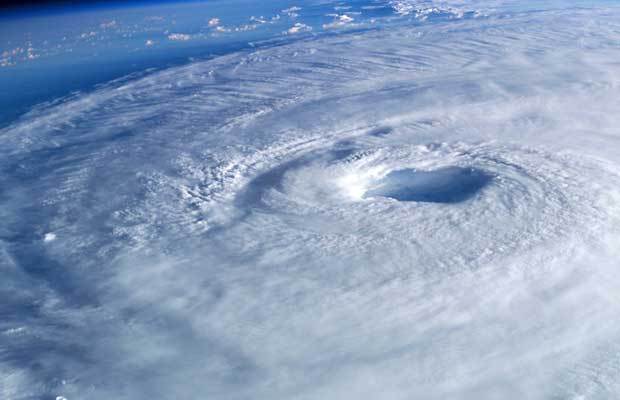



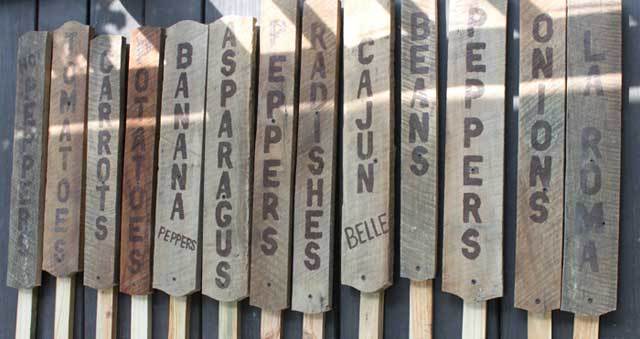

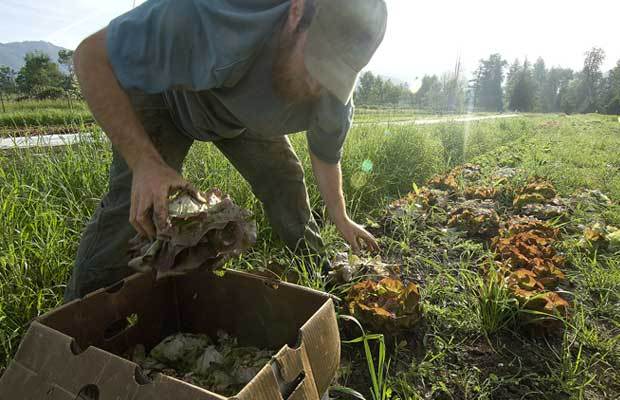

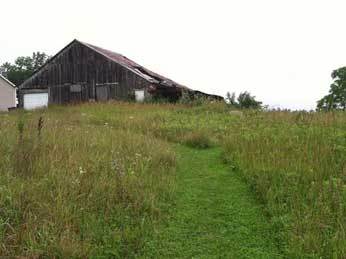 An abandoned farm in our neighborhood
An abandoned farm in our neighborhood Deer like to snack on corn and beans in bed (rear left).
Deer like to snack on corn and beans in bed (rear left).
